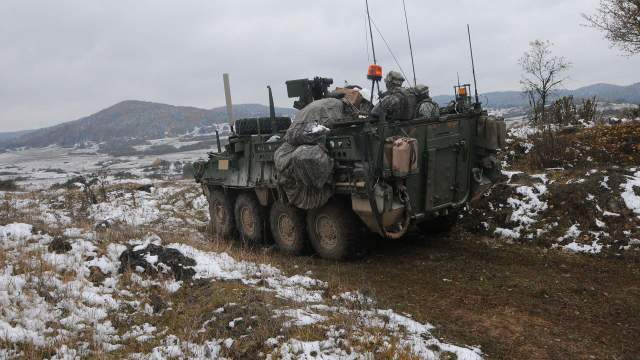A number of samples transferred to Ukraine did not meet the expectations of the Armed Forces of Ukraine
The German Ministry of Defense announced on January 23 that Ukraine will receive six multi-purpose Sea King Mk41 helicopters, equipment and spare parts for them. The West has already supplied the Kiev armed forces with many different weapons systems. Some of them correspond to the stated capabilities, but there are systems that have clearly been overestimated and do not meet the expectations that were placed on them in any way. Izvestia, together with a military expert, the founder of the Military Russia portal Dmitry Kornev, figured out what kind of complexes and samples of military equipment they are.
Switchblade
Back in 2022, information appeared about the supply of the latest American Switchblade kamikaze drones to the Russian Federation. We are talking about UAVs of two modifications — Switchblade 600 for fighting armored vehicles (including tanks) and light infantry Switchblade 300. Quite serious expectations were associated with these devices — up to the point that their appearance on the battlefield could change the course of hostilities. Ease of use and relative cheapness by Western standards allowed Ukraine to supply several hundred light drones of this type.
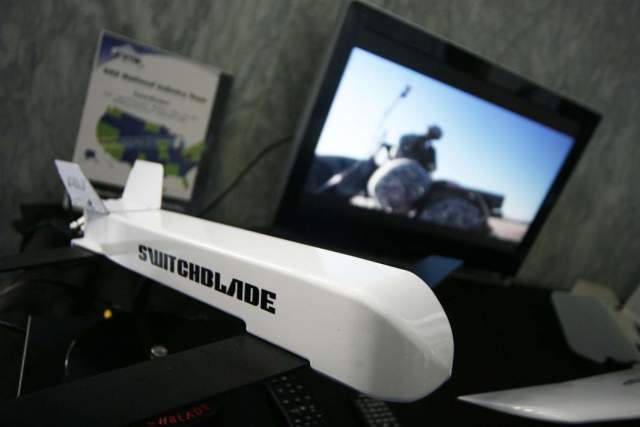
American Kamikaze Drone Switchblade
Image source: Photo: Global Look Press/James Berglie
The lightweight and compact Switchblade 300 can indeed be used directly from infantry combat formations and, with a mass of only 2.5 kg, is able to give infantry a "smart and long arm" to defeat enemy fortified points. The heavier Switchblade 600 reaches speeds of up to 180 km/h and carries a relatively powerful anti-tank warhead. But the revolution did not happen — conventional and often homemade FPV drones took the place of high-tech American drones, which actually replaced ineffective Western weapons. In addition, the striking ability of massive light switchblades turned out to be clearly insufficient to defeat personnel hidden even behind light armor. And the number of heavy drones of this type delivered was scanty, since in fact they are just beginning to be mass-produced. In general, it did not help.
Challenger-2
A variety of epithets accompanied one of the heaviest tanks on the planet when it became known about the delivery of the British Challenger-2 to Ukraine. By the summer of 2023, 14 tanks had been transferred, which are indeed considered one of the most protected vehicles of NATO countries. Large mass, large dimensions, record armor thickness. And most importantly, did these tanks play at least some role in the very "counteroffensive" of the VFU? Unlikely.
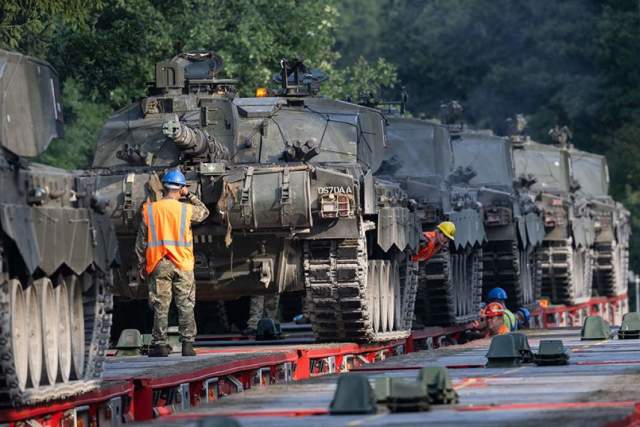
British Challenger-2 tanks
Image source: Photo: TASS/Bernd Thissen
It has long been known that several grenade launchers are capable of dismantling any modern tank if they can get closer to it. And in a situation where the Russian armed forces are equipped with the latest anti-tank complexes such as Kornet and Vortir with a range of 4 to 10 km, as well as in conditions of widespread use of kamikaze drones Lancet and various models of FPV drones, heavy and really well-armored "challengers" have no chance It remains. Without air cover, losses began, and it was probably decided to withdraw sensitive tanks into the depth of defense and not use them in frontal attacks.
By the way, the reluctance to incur losses of such notable equipment was one of the reasons for the collapse of the "counteroffensive". In a word, it didn't work out.
Bayraktar TB-2
As of early 2022, Bayraktar TB-2 drones were unofficially considered almost a "miracle weapon". These drones became famous during the Armenian-Azerbaijani conflict, and many analysts attribute the success of the Azerbaijani armed forces in that conflict to their use. But, of course, we must make a reservation that the Armenian air defense system is in no way comparable to the Russian one. And here, apparently, lies one of the main reasons for the apparent failure of the use of the famous Turkish drones over the fields of a special military operation.
By the beginning of its military operation, Ukraine was armed with more than ten drones of this type — six APU and six Navy. And about 30 received during 2022-2023. Of course, Bayraktars are used by the Armed Forces of Ukraine both as spotters and for reconnaissance purposes, but they no longer pretend to be strike drones that can seriously change the situation on the battlefield.
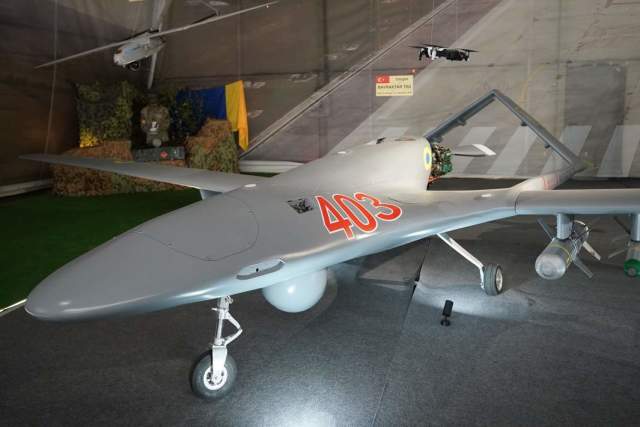 |
| Bayraktar TB-2. |
| Source: IZVESTIA/Pavel Volkov |
Air defense dependence is present when we talk about flying drones of this class. All more or less successful cases of the use of Bayraktars in Ukraine relate to situations where the air defense system was absent or was significantly weakened, for example, during the defense of Zmeiny Island. And almost nowhere on the line of combat contact could the Bayratkars, despite the impressive number of cases of use, achieve serious success. The drones were either shot down by Russian military air defense, or hit by planes and helicopters of the Russian Aerospace Forces. Nothing remotely resembling the triumphant success of the Bayraktars in the skies of Nagorno-Karabakh has turned out. The hopes turned out to be in vain.
M1126 Stryker
The American wheeled armored personnel carrier, which has proven itself quite well in Iraq, serves as the main means of moving infantry in mechanized brigades and complements the main M1 Abrams tanks and Bradley infantry fighting vehicles in the American ground forces. Wheeled travel, high speed (up to 97 km / h), a roomy armored body (nine troops inside), sufficient reservation from fragments and mines, a large—caliber machine gun or an automatic grenade launcher - this is quite a successful example of Western armored vehicles.
VFU received more than 180 units of the M1126 Stryker from the USA. This is the number with which six motorized infantry battalions can be armed. But their participation in successful combat operations turned out to be unnoticeable, and cases of their defeat became known literally from the first days of their presence on the front line.
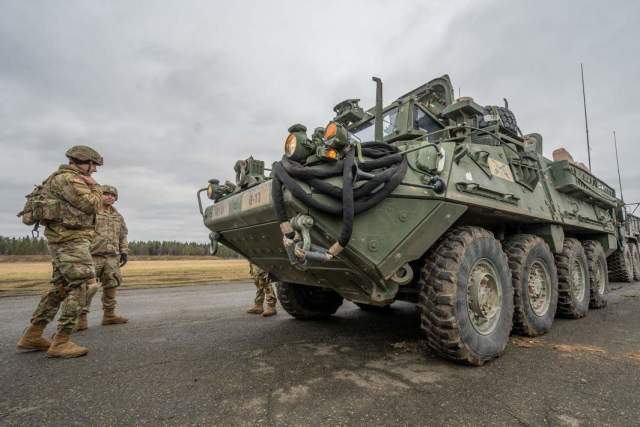
M1126 Stryker.
Image source: Photo: Global Look Press/Armin Weigel
Perhaps the "Strikers" were simply unlucky, and the fault lies with the strategic mistakes of the Ukrainian command both in the distribution of armored personnel carriers by units and in the planning of offensive actions. But we must pay tribute to a completely different area than in Iraq, and to different climatic conditions. In Ukraine, you have to knead mud most of the year, and Iraq is increasingly a desert.
But, apparently, the main role in the failure of the "Strikers" was played by revolutionary changes in modern methods of defeating armored vehicles. The main enemy of modern armored personnel carriers are the same FPV drones and Lancets. And if the Lancet tanks can only damage, then the armored personnel carrier will not be able to be restored with a successful hit. Thus, there was no success with a seemingly quite decent technique. Although, perhaps, the reasons for failure are deeper and it's not always about the quality of specific images.
Dmitry Kornev
